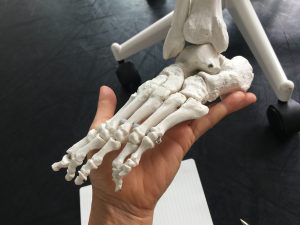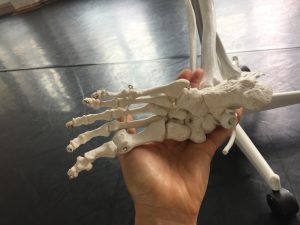Research : Movement and tonality of the void spaces – 13. July
栄養失調で骨と皮のようになった人々と、その人々を支えた足。
Malnourished people reduced their wait to skin and bones, and the feet that sustained them.
Reading about the concentration camps I have seen many photos of piled upped shoes. It was very odd and painful image since I understood that Europeans rarely take the shoes off.
And I spend few days on the theme feet.
– To lose weight is to lose volume, which means that the proportion of space occupied by a person’s body is reduced.
– As the body weight decreases, less weight is placed on the feet.
– Each foot has 26 bones, as soon as the feet placed on the floor, they bear our weight.
– Feet as the contact points with the place we stand. 

When I think of feet in perspective of Japanese classic dance Buyoh:
– Unlike Western costumes, where the deeply opened neckline or the arms and legs are often exposed, in the kimono the fingers and toes are the only parts of the body that are barely visible to others.
– The feet are usually wrapped in a white Tabi-socks.
– In traditional Japanese dance, the sole of the feet are kept out of sight as much as possible.
– Hence, the walking dancer is sometimes referred to as walking as if the head is being suspended from above.